Tesla Raises Prices Twice This Week

Tesla is receiving a lot of attention for having increased prices twice in one week. The Model 3, often presented as the company’s most-affordable option catering to the masses, now starts at $48,440 in the United States. Its crossover equivalent, the Model Y, now starts at a whopping $64,400 while larger products have surpassed the six-figure point of entry. Despite being the brand’s oldest model, the Model S saw increases over the summer (when it was just $90,000) and has since settled into $101,200 before you’ve even said the words Plaid or Full Self Driving. But the Model X remains even more expensive at $116,200.
Worse yet, those who can afford such vehicles won’t even be able to get them in a timely fashion. Despite weathering COVID restrictions rather well vs legacy automakers, supply chain issues seem to have caught up with the EV manufacturer. Wait times on order vehicles are now several months long. Some customers are being told that they’ll likely have to wait until 2023, specifically those hoping to score a Model X.
It’s not looking good if you were hoping to get a sweet deal on a luxury EV. But we need to remember that Tesla’s ordering process circumvents the dealer model, making price increases more immediately apparent. Legacy automakers have also increased prices, but they dwarf the varying markups being tacked on by dealerships with weak inventories. If you watched what happened to the new and used car markets through 2021, then Tesla raising prices shouldn’t be much of a surprise.
What is alarming, however, is how quickly prices have climbed. Tesla issued back-to-back increases, with CEO Elon Musk hinting that the rising cost of raw materials was the culprit. Over the weekend, he was tweeting about the long-term implications of inflation before sharing a study from the Financial Times reporting that the price of raw materials hasn’t increased this quickly since at least 1970.
Think of this as less of a condemnation of Tesla ( though we have plenty of articles covering that) and more of it serving as an example of how quickly the industry is raising its rates. Things are not getting better for consumers. In fact, they appear to be getting much worse as the inflation curve grows ever steeper.
The most recent data from the U.S. Bureau of Labor Statistics show the current inflation rate at 7.9 percent. But economists have suggested that’s not necessarily representative of the total market if you take into account how quickly prices have risen on fuel, automobiles, and food. While the latter aspect falls slightly outside our purview, the National Automobile Dealers Association (NADA) has already said it expects auto prices to remain exceptionally high throughout 2023. Meanwhile, automakers have stopped discussing lofty stickers as a temporary issue and have started exploring how to maintain healthy profits by placing a greater emphasis on higher-margin vehicles. This is something U.S. manufacturers had been doing already, raising the average transaction rates on new vehicles years before inflation was even a consideration.
The only upshot is that a majority of economists are predicting that things could begin returning to normal by the end of the year. Of course, that’s also what they said in 2021 before we saw the largest inflation rate in several decades.
[Image: Virrage Images/Shutterstock]

A staunch consumer advocate tracking industry trends and regulation. Before joining TTAC, Matt spent a decade working for marketing and research firms based in NYC. Clients included several of the world’s largest automakers, global tire brands, and aftermarket part suppliers. Dissatisfied with the corporate world and resentful of having to wear suits everyday, he pivoted to writing about cars. Since then, that man has become an ardent supporter of the right-to-repair movement, been interviewed on the auto industry by national radio broadcasts, driven more rental cars than anyone ever should, participated in amateur rallying events, and received the requisite minimum training as sanctioned by the SCCA. Handy with a wrench, Matt grew up surrounded by Detroit auto workers and managed to get a pizza delivery job before he was legally eligible. He later found himself driving box trucks through Manhattan, guaranteeing future sympathy for actual truckers. He continues to conduct research pertaining to the automotive sector as an independent contractor and has since moved back to his native Michigan, closer to where the cars are born. A contrarian, Matt claims to prefer understeer — stating that front and all-wheel drive vehicles cater best to his driving style.
More by Matt Posky
Latest Car Reviews
Read moreLatest Product Reviews
Read moreRecent Comments
- Fred It just makes me question GM's management. Do they save rent money? What about the cost of the move? Don't forget they have to change addresses on their forms. New phone numbers? Lost hours?
- SilverHawk It's amazing how the domestic manufacturers have made themselves irrelevant in the minds of American consumers. Someday, they'll teach this level of brand disassociation in marketing classes as an example of what "not to do". Our auto interests once revolved around these brands. Now, nobody cares, and nobody should care. Where did I put the keys to my Studebaker?
- El scotto Will it get GM one mile closer to the Gates of Hades? This is a company that told their life long employees not to sell their stock until the day of bankruptcy.
- 28-Cars-Later I'm curious, is the Maverick in "EV mode" when its towing?"There's still car-like handling -- no punishment because you're driving a truck." That's because its not a truck, its akin to the earlier Ranchero - a literal car-truck hybrid now with an available gasoline hybrid drivetrain (that's actually hilarious and awesome, hybrid-hybrid FTW).
- El scotto Will Ford ever build enough of them? When I was car shopping, I couldn't find a Maverick with all the options I wanted. Yeah, I know1st World Problems at their finest. So lemme see, I have to order it; wait, and then the dealer will talk about my trade in. Hard Pass.Had I wanted to deal with even more slimy behavior the Kia dealer was across the street.

















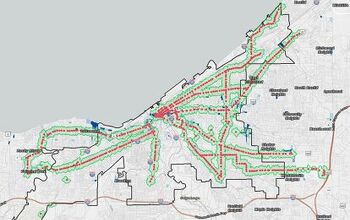
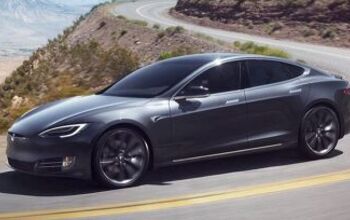
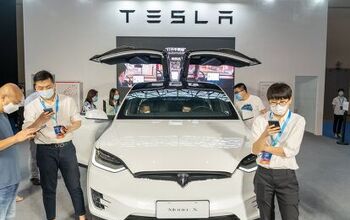
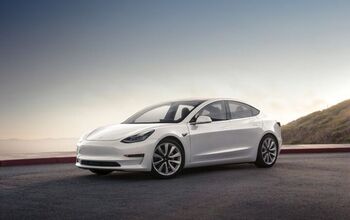

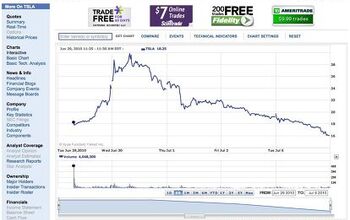







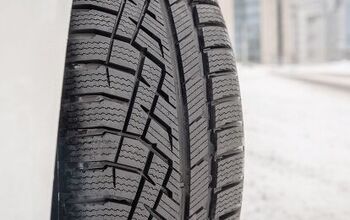

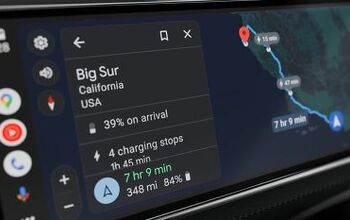
Comments
Join the conversation
When government policy causes the dollar to lose 15 percent of it's buying power in less than 12 months and the politicians are doing everything they can to accelerate that policy it should surprise no-one that car prices increase.
BLS reported on the Producer Price Index (PPI) yesterday: “Prices for final demand goods jumped 2.4% in February, the largest advance since data were first calculated in December 2009. Final demand prices moved up 10.0% for the 12 months ended in February.”